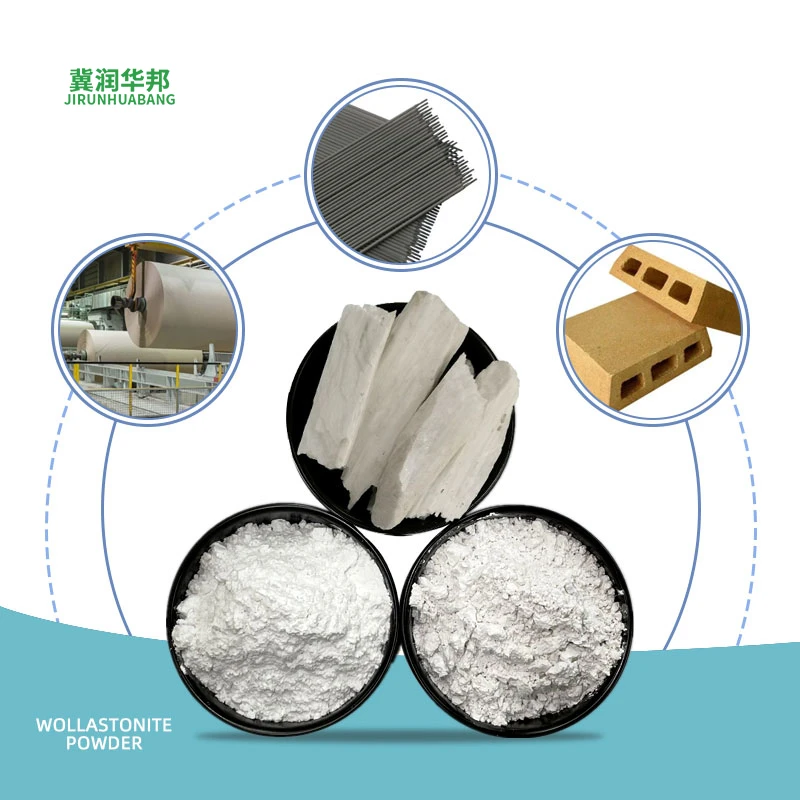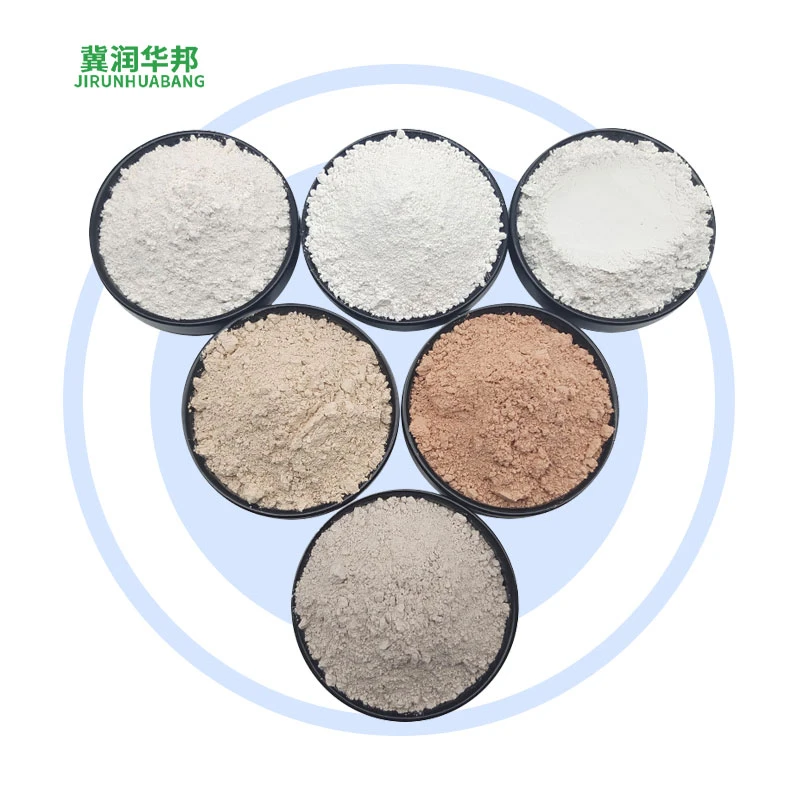What is Made with Polypropylene? Durable & Versatile Everyday Products
Back to list
- Market Overview: Global Polypropylene Applications
- Technical Superiority of PP Materials
- Manufacturer Comparison: Capacity & Specialization
- Custom Formulations for Industry-specific Needs
- PP in Automotive Manufacturing: Case Studies
- Medical Grade Polypropylene Innovations
- Sustainable Solutions: What Is Made With Polypropylene Today

(what is made with polypropylene)
Understanding What Is Made With Polypropylene Globally
Polypropylene (PP) accounts for 23% of global plastic production, with 62 million metric tons manufactured annually. This thermoplastic polymer serves as the backbone for:
- Packaging (42% of total PP use)
- Automotive components (13%)
- Medical devices (9%)
- Textile fibers (11%)
Recent data from Grand View Research projects a 5.8% CAGR for PP products through 2030, driven by lightweighting trends in manufacturing.
Technical Superiority of PP Materials
PP's molecular structure enables:
| Property | Value | Advantage vs. Alternatives |
|---|---|---|
| Density | 0.905 g/cm³ | 18% lighter than ABS |
| Melting Point | 160°C | Superior to polyethylene |
| Chemical Resistance | pH 1-14 | Outperforms PVC |
These characteristics make PP ideal for sterilizable medical tools and acid-resistant industrial containers.
Manufacturer Comparison: Capacity & Specialization
| Producer | Annual Output | Specialization | Recycled Content |
|---|---|---|---|
| LyondellBasell | 8.4M tons | Automotive compounds | 12-25% |
| SABIC | 6.1M tons | Medical grade PP | 8-15% |
| ExxonMobil | 5.9M tons | Packaging solutions | 5-10% |
Specialized manufacturers achieve 15-20% better thermal stability through proprietary catalyst systems.
Custom Formulations for Industry-specific Needs
Advanced compounding enables:
- Flame-retardant PP (UL94 V-0 rating) for electronics
- High-flow grades (35 MFR) for thin-wall packaging
- Glass-fiber reinforced PP (40% stiffness increase)
Custom coloration maintains 98.5% material integrity versus standard dyes' 92%.
PP in Automotive Manufacturing: Case Studies
BMW's i3 model uses 24kg of PP per vehicle, reducing weight by 13% versus metal components. Key applications:
- Battery casings (V0 flame rating)
- Interior trim panels (scratch-resistant grade)
- Fluid reservoirs (chemical-resistant PP)
Medical Grade Polypropylene Innovations
Post-pandemic demand drove 37% growth in medical PP applications. Breakthroughs include:
- Gamma radiation-stable syringes
- Autoclavable surgical trays
- MRI-compatible device housings
Becton Dickinson's latest PP-based syringe maintains 99.97% drug compatibility over 24 months.
Sustainable Solutions: What Is Made With Polypropylene Today
Circular economy initiatives utilize post-consumer PP in:
- Food-grade packaging (FDA-compliant recycled content)
- Construction geotextiles (85% recycled PP)
- 3D printing filaments (30% lighter than ABS alternatives)
Braskem's Green PP achieves 82% lower carbon footprint through sugarcane-based monomers, demonstrating PP's evolving sustainability profile.

(what is made with polypropylene)
FAQS on what is made with polypropylene
Q: What is made with polypropylene?
A: Polypropylene is used to make food containers, automotive parts, and medical devices. It is favored for its durability, chemical resistance, and lightweight properties.
Q: What everyday items are made out of polypropylene?
A: Common items include reusable bags, bottle caps, yogurt tubs, and synthetic carpets. Its versatility makes it ideal for household and industrial products.
Q: What products are made from polypropylene in healthcare?
A: Medical syringes, IV bags, surgical masks, and lab equipment often use polypropylene. Its sterility and resistance to bacteria are critical for safety.
Q: What automotive components are made with polypropylene?
A: Car bumpers, battery cases, and interior trim panels are typically polypropylene-based. Its heat resistance and flexibility suit demanding automotive environments.
Q: What is made from polypropylene in packaging?
A: Flexible packaging like chip bags, rigid containers, and plastic labels often contain polypropylene. It provides moisture barriers and extends product shelf life.
